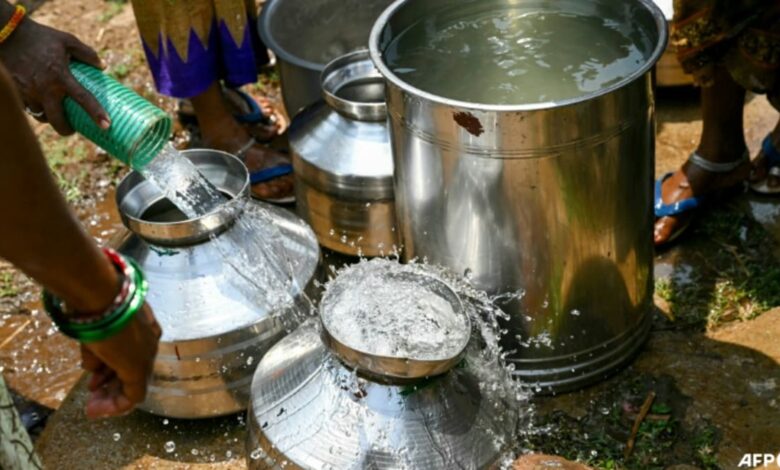Rural India runs dry as thirsty megacity Mumbai sucks water

“UNSUSTAINABLE RATES”
India’s government-run NITI Aayog public policy centre forecasts a “steep fall of around 40 per cent in freshwater availability by 2030”, in a July 2023 report.
It also warned of “increasing water shortages, depleting groundwater tables and deteriorating resource quality”.
Groundwater resources “are being depleted at unsustainable rates”, it added, noting they make up some 40 per cent of total water supplies.
It is a story repeated across India, said Himanshu Thakkar, from the South Asia Network on Dams, Rivers and People, a Delhi-based water rights campaign group.
This is “typical of what keeps happening all over the country”, Thakkar said, adding it represents everything “wrong with the political economy of making dams in India”.
“While projects are planned and justified in the name of drought-prone regions and its people, most end up serving only the distant urban areas and industries,” he said.
Prime Minister Narendra Modi, who began a third term in office this month, announced a flagship scheme to provide tapped water to every household in 2019.
But in Navinwadi village, residents are resigned to living on the strictly rationed supply.
When the water tanker arrives, dozens of women and children sprint out with pots, pans, and buckets.
Santosh Trambakh Dhonner, 50, a daily labourer, said he joined the scramble as he had not found work that day.
“More hands means more water at home”, he said.
Ganesh Waghe, 25, said residents had complained and protested, but nothing was done.
“We are not living with any grand ambitions,” Waghe said. “Just a dream of water the next morning.”





